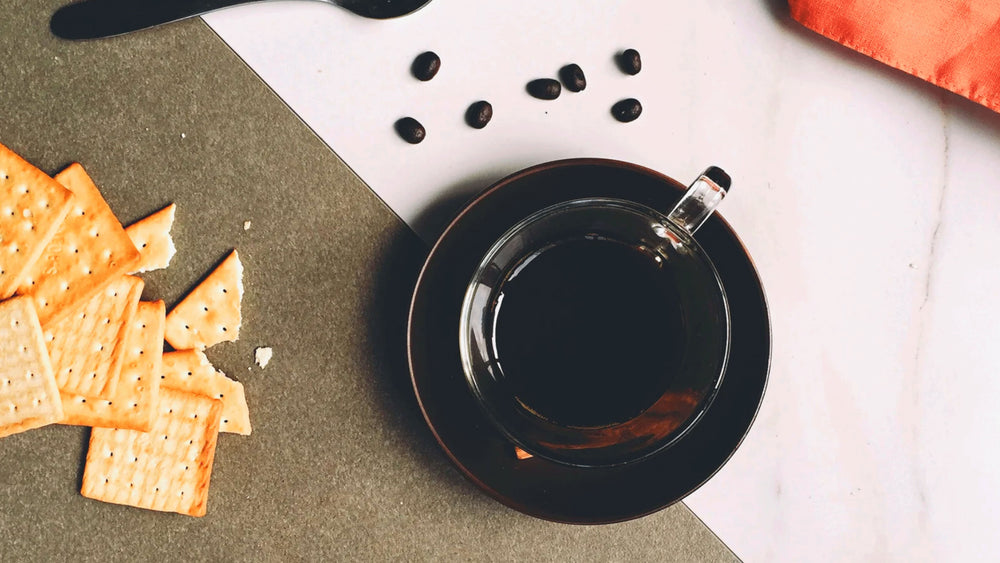Espresso is more than just a quick caffeine fix; it is a complex beverage that embodies the artistry of coffee-making. Understanding the anatomy of an espresso shot is essential for anyone looking to master this craft. This article will delve into the various components that contribute to a perfect espresso shot, ensuring you appreciate every sip.

The Components of an Espresso Shot
The anatomy of an espresso shot can be broken down into several key components:
- Water: The quality and temperature of the water play a crucial role in extraction.
- Coffee Beans: The type, grind size, and freshness of the beans significantly affect the flavor.
- Pressure: The pressure applied during extraction is vital for achieving the right consistency.
- Time: The duration of extraction influences the taste and strength of the shot.
Understanding Extraction
Extraction is the process through which water interacts with coffee grounds to produce espresso. But what exactly happens during this phase? When hot water is forced through finely ground coffee at high pressure, it extracts oils, flavors, and aromas. This process typically takes between 25 to 30 seconds. If the extraction time is too short, the shot may taste sour; conversely, an overly long extraction can lead to bitterness. Therefore, achieving the right balance is essential for the perfect pull.
The Role of Crema
Crema is the golden layer that forms on top of a well-pulled espresso shot. This frothy emulsion is a result of the oils and gases released during extraction. It not only enhances the visual appeal but also contributes to the flavor and aroma. A rich crema indicates that the anatomy of an espresso shot has been executed correctly. How can you ensure a good crema? Using fresh, high-quality beans and maintaining proper extraction conditions are key factors.
Tips for Perfecting Your Espresso
To achieve the ideal espresso shot, consider the following tips:
- Use freshly roasted coffee beans.
- Grind your beans just before brewing for maximum freshness.
- Maintain a consistent water temperature, ideally around 200°F (93°C).
- Experiment with different grind sizes and tamping pressures to find your perfect balance.
For more detailed guidance on espresso-making techniques, check out this helpful resource.
Conclusion
Understanding the anatomy of an espresso shot is essential for anyone passionate about coffee. By mastering the components of extraction, crema, and the overall brewing process, you can elevate your espresso experience. Whether you are a novice or a seasoned barista, the journey to the perfect pull is both rewarding and delicious.






